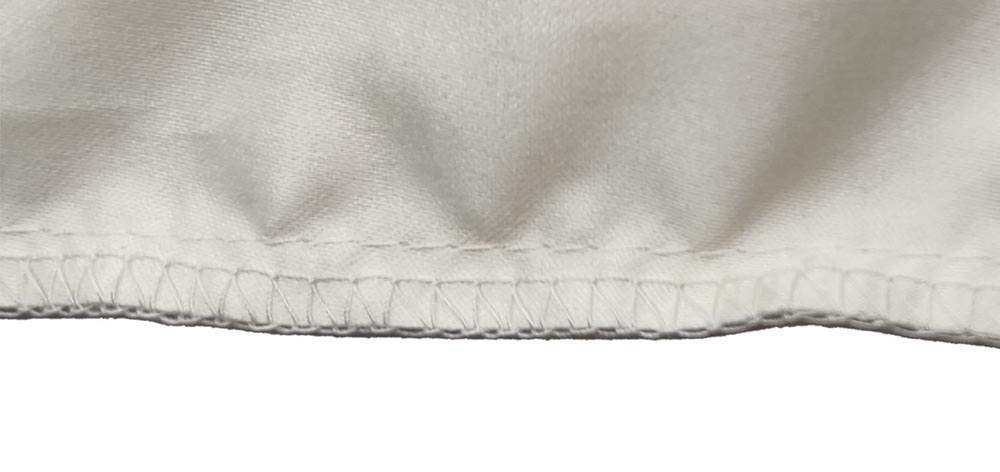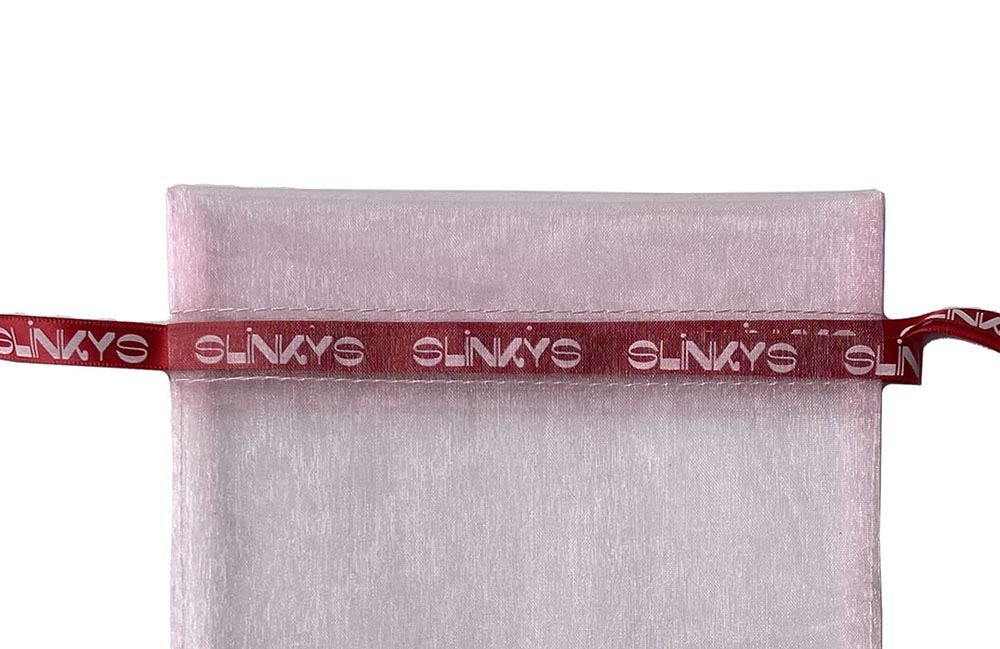How to Choose the Right Stitch Length for Sewing?
In everyday use, seam splitting in drawstring bags often occurs earlier than fabric wear. Behind this commonly overlooked issue lies a critical technical detail—stitch length. Research shows that even a 0.3 mm deviation in stitch length can lead to more than a 20% fluctuation in seam fatigue resistance. Whether it's fraying seams on reusable grocery bags after repeated lifting or seam bursts on sports backpacks under heavy loads, the root cause is typically a mismatch between stitch length and the mechanical properties of the fabric. Simulation tests reveal that using different stitch lengths on the same canvas bag can result in up to a 3x difference in service life, highlighting the central role of stitch regulation in drawstring bag production.
1. Neither Too Short nor Too Long
1.1 Too Short (Tight Stitch Length)
- Pros: Stitches resemble “tight teeth” that bite firmly into the fabric, making new bags more resistant to seam opening under heavy loads.
- Cons: Too many needle holes weaken the fabric, similar to excessive perforations on a cardboard box, leading to tearing from the holes after repeated use.
1.2 Too Long (Loose Stitch Length)
- Pros: Minimizes fabric damage, ideal for carrying lightweight items.
- Cons: Wide gaps between stitches make the threads more prone to breaking under repetitive drawstring motion.
2. Optimal Stitch Lengths for Common Fabrics (Based on Actual Testing)
We conducted drop tests with 5 kg of rice for various common fabrics:
| Fabric Type |
Recommended Stitch Length |
Test Results |
| Thin Polyester |
2.5 mm |
Seam started loosening after 10 uses |
| Oxford Cloth |
3.0 mm |
Remained intact after 20 repetitive uses |
| Heavy Canvas |
3.5 mm |
Best load resistance; stitching below 3 mm broke easily |
Tip: Run your fingers over the seam—if the stitches feel too raised, the stitch length might be too long.
3. Solutions for 3 Common Issues
3.1 Seam Cracks Under Heavy Loads
- Use 3.0–3.5 mm stitch length and double-stitching.
- Add backstitching at corners (similar to how garment seams are secured).
3.2 Drawstring Jams
- Avoid stitch lengths below 2.8 mm.
- Use zigzag stitching around drawstring eyelets.
3.3 Loose Thread Ends
- Adjust to 3.2 mm stitch length.
- Leave 5 cm thread tails and tie knots for extra security.
4. Advanced Techniques Beyond Stitch Length
4.1 Hidden Impact of Thread Type
- Fine thread (40#) + tight stitches = a ticking time bomb
- Thick thread (20#) pairs best with 3.2–3.8 mm stitch length
4.2 Sewing Machine Settings
- Bobbin tension: Excessive tension causes “false tightness” in stitches
- Feed dog height: Affects the smoothness of long stitches
4.3 Rainy Season Adjustments
- Increase stitch length by 0.3 mm to offset fabric shrinkage
- Pre-wax sewing thread to reduce heat from friction
5. Veteran Factory Workers’ Cost-Saving Wisdom
5.1 The Balance Principle
- Every 0.5 mm decrease in stitch length adds 15% sewing time
- Recommended general-purpose setting: 3.0 mm, balancing speed and quality
5.2 Application-Specific Adjustments
- Supermarket shopping bags: 3.5 mm (reduce thread consumption)
- Gym dumbbell bags: 2.8 mm (increase backstitch count for reinforcement)
6. Conclusion
Choosing the right stitch length is essentially an exercise in deconstructing and reconstructing the product’s use scenario. Tight stitches provide short-term strength, while looser stitches offer long-term durability—a unified contradiction that must be balanced according to fabric properties, load demands, and environmental conditions.
Lightweight polyester performs best with a precise 2.8–3.2 mm stitch length, whereas thick canvas needs a more relaxed 3.5 mm or greater. This counterintuitive pattern has been verified through drop tests. As smart sewing technology advances, dynamic stitch adjustment may become a reality. But for now, a deep understanding of material behavior and usage logic remains essential. Mastering these underlying principles is the key to achieving a sustainable balance between cost and quality.




 We like to do design according to all the customers' requirements, or offer them our new designs. With strong OEM/ODM capabilities, we can fill your sourcing demands.
We like to do design according to all the customers' requirements, or offer them our new designs. With strong OEM/ODM capabilities, we can fill your sourcing demands.